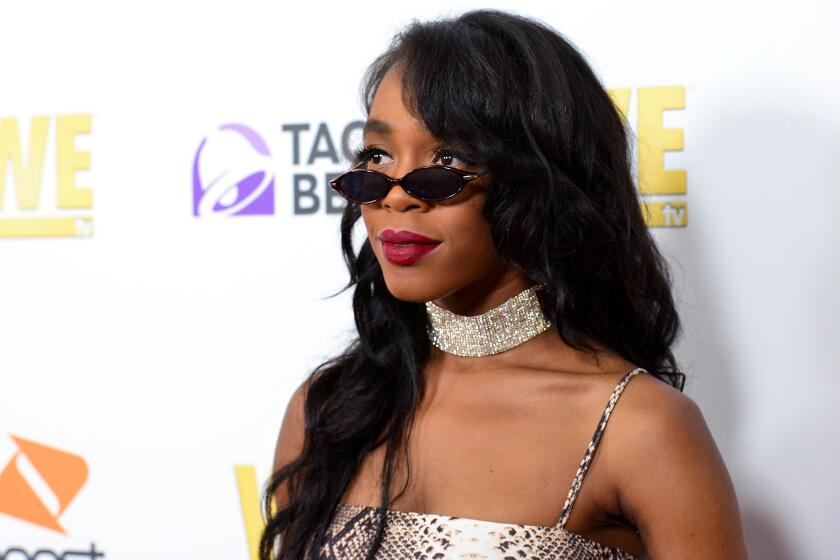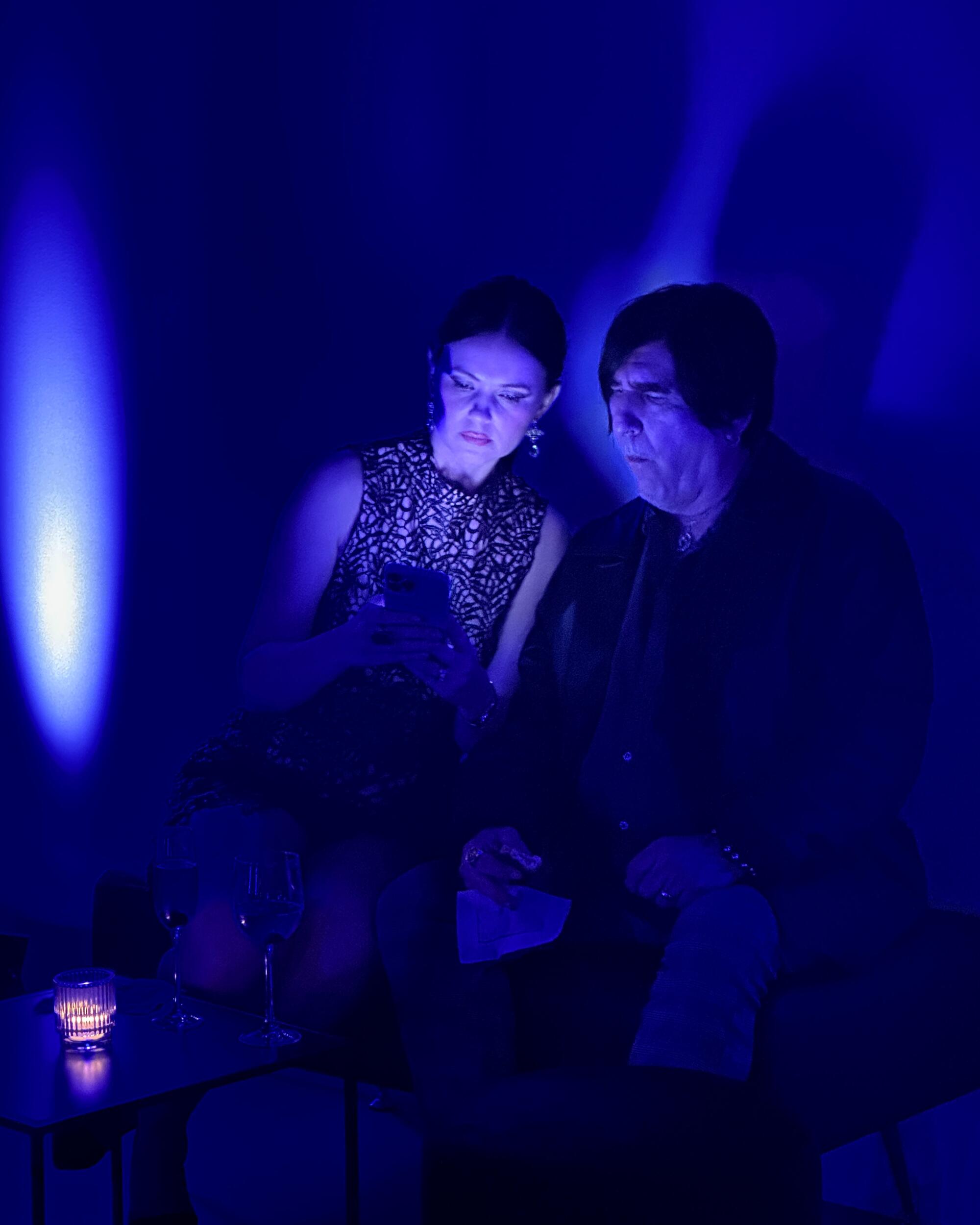
Lights reflected off bodies in the midst of a bumping room. As techno dance music blasted, the Geffen Contemporary at the Museum of Contemporary Art created a space in homage to the Detroit techno scene and its legacy of Black artists.
The museum’s annual gala Saturday night — which raised more than $2.7 million — encouraged the people to shine, not just the art. The theme was “Catch the Light,” coinciding with DJ and producer Carl Craig’s new exhibit “Party/After-Party.”
Luminaries arrived at the function in a glimmering wardrobe, from sparkly pantsuits to monochrome pastels with touches of sequins and reflective material. The most daring and literal ensemble was by someone in a black dress with multicolored balloons that spelled “PARTY” draped over her shoulder, her arm looped through the “P.”
The interpretation was broad, blending looks that fit the club or an elegant soirée. After all, that is what the night became — a mashup of club culture in the middle of a fundraising gala. Celebrities of the entertainment and art worlds collided, bringing together artists such as Tala Madani and Henry Taylor with entertainers such as Keanu Reeves and recent Grammy winner Samara Joy.
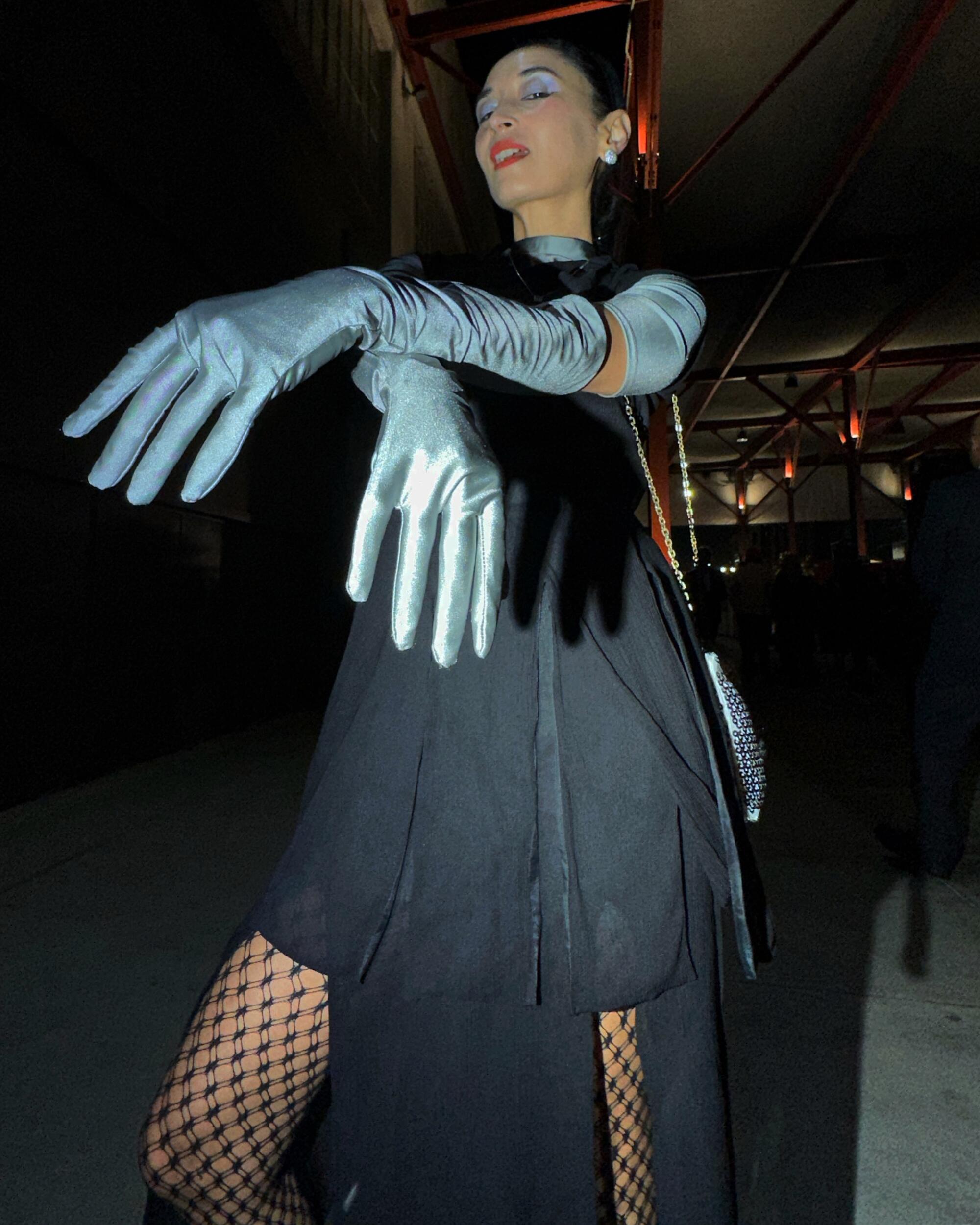
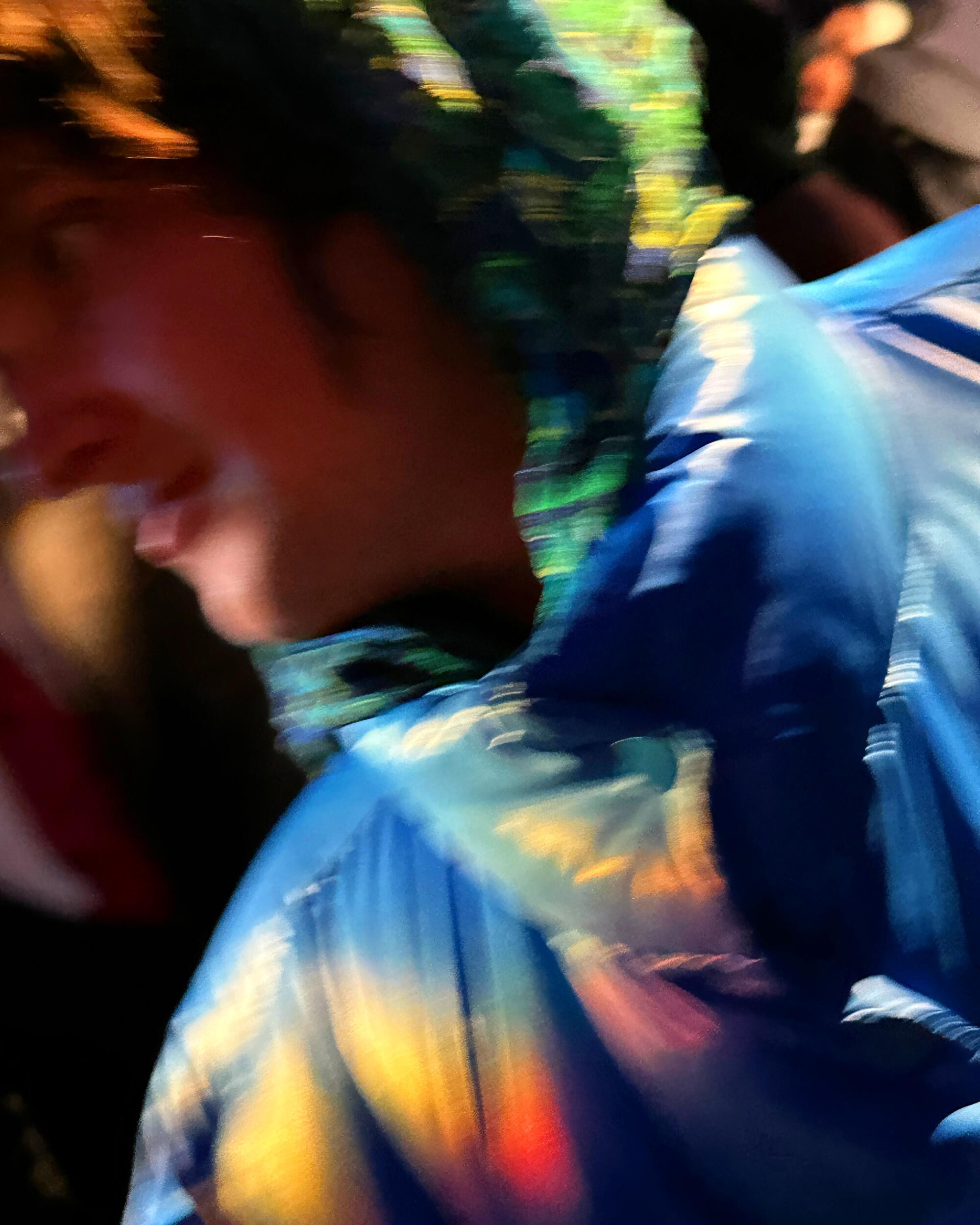
Unlike last year, pre-dinner cocktails took place indoors. Vertical LED lights guided party-goers toward a bar at the entrance of the museum space. Behind the bar was a listing of the upcoming Party/After-Party Sessions: three live concerts from May to July with performances by artists including DJ Holographic, Craig and Moodymann.
The gala was filled to the brim, creating a pseudo-club environment as people packed the space so tightly that often someone would accidentally step on another’s dress while navigating the room. It was a setting that made Craig feel admittedly reserved.
“I’m so used to being on stage behind the decks and stuff that walking through crowds actually makes me a bit shy,” he said.
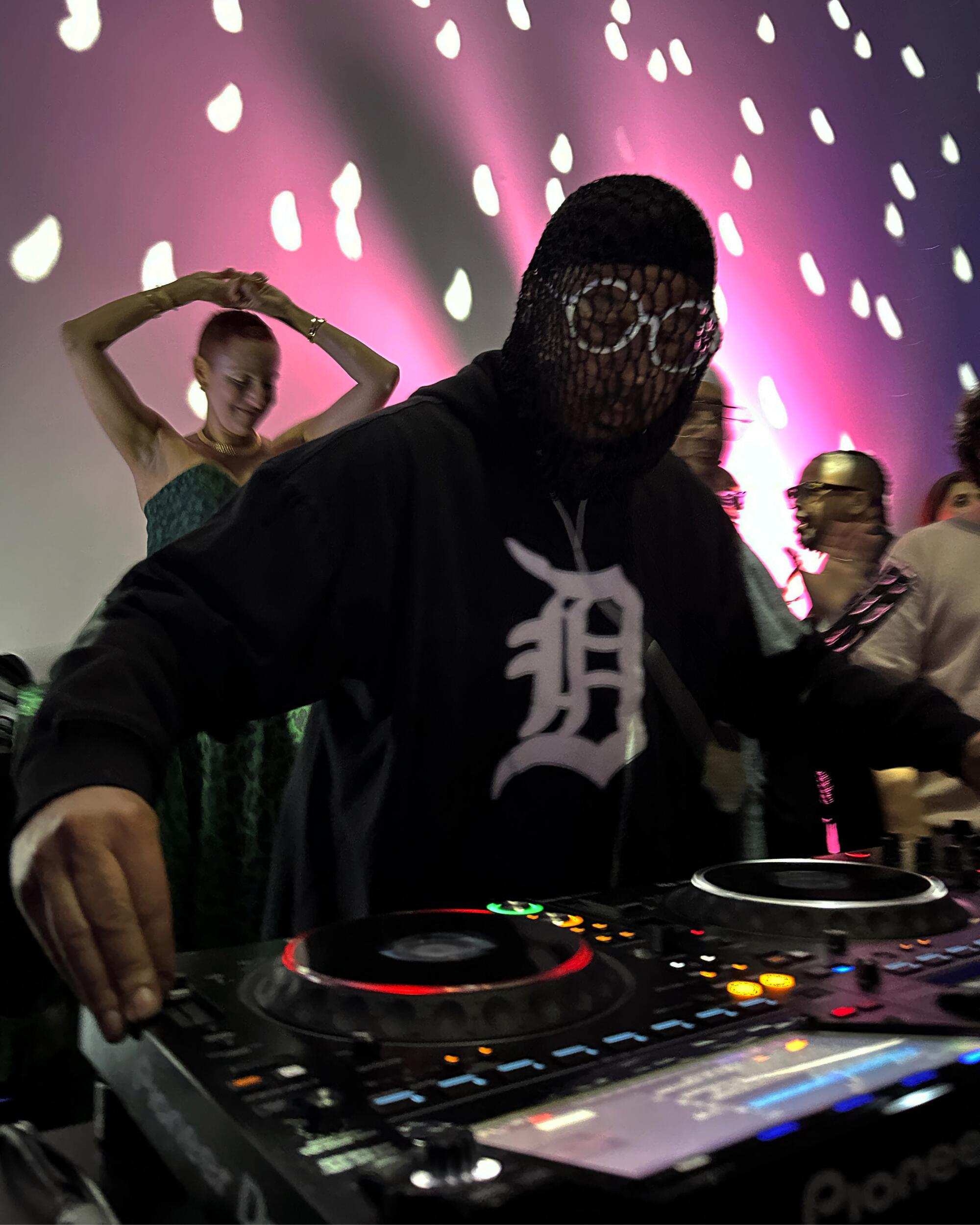
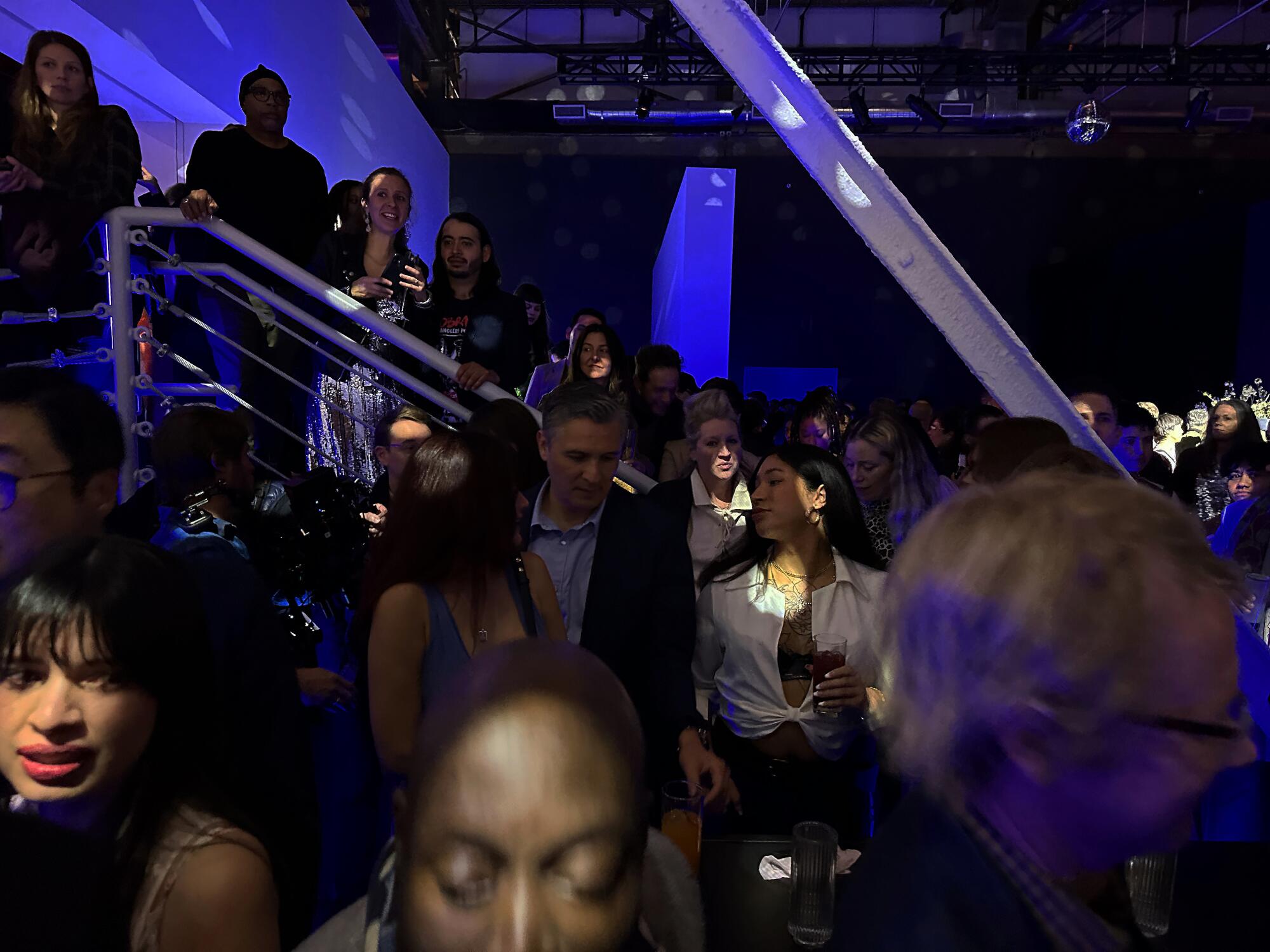
Craig attended wearing a look by Burberry’s Daniel Lee from his recent debut show. While the tones were more muted than most in the room, his interpretation of light came in the camaraderie.
“The light in this situation is that I’m spotlighting my friend,” he said. “This is how I’ve always functioned with my music, parties and everything: that I spotlight my friends.”
The club culture created at the gala continued into the exhibition space. “Party/After-Party,” originally commissioned by Dia Art Foundation in 2020, creates a visceral Afrofuturistic experience in MOCA’s Warehouse, bringing together light and sound. Inside the space, there was an X at the center with a light shining down where people found the perfect photo opportunity. In reality, the X was the best place in the room. Standing on top of it amplified the sounds from every angle, creating a sonic cocoon that siphoned the soundscape to you — a propeller of electronic synths grew stronger to the left and a ringing pitch settled just underneath a techno beat to the right. Craig called this the “sweet spot.”
“Everything in the room is drawing you to that spot,” he said. While it’s designed to lead you to the center, he said the exhibition is meant to allow people to find their own zone in the space.
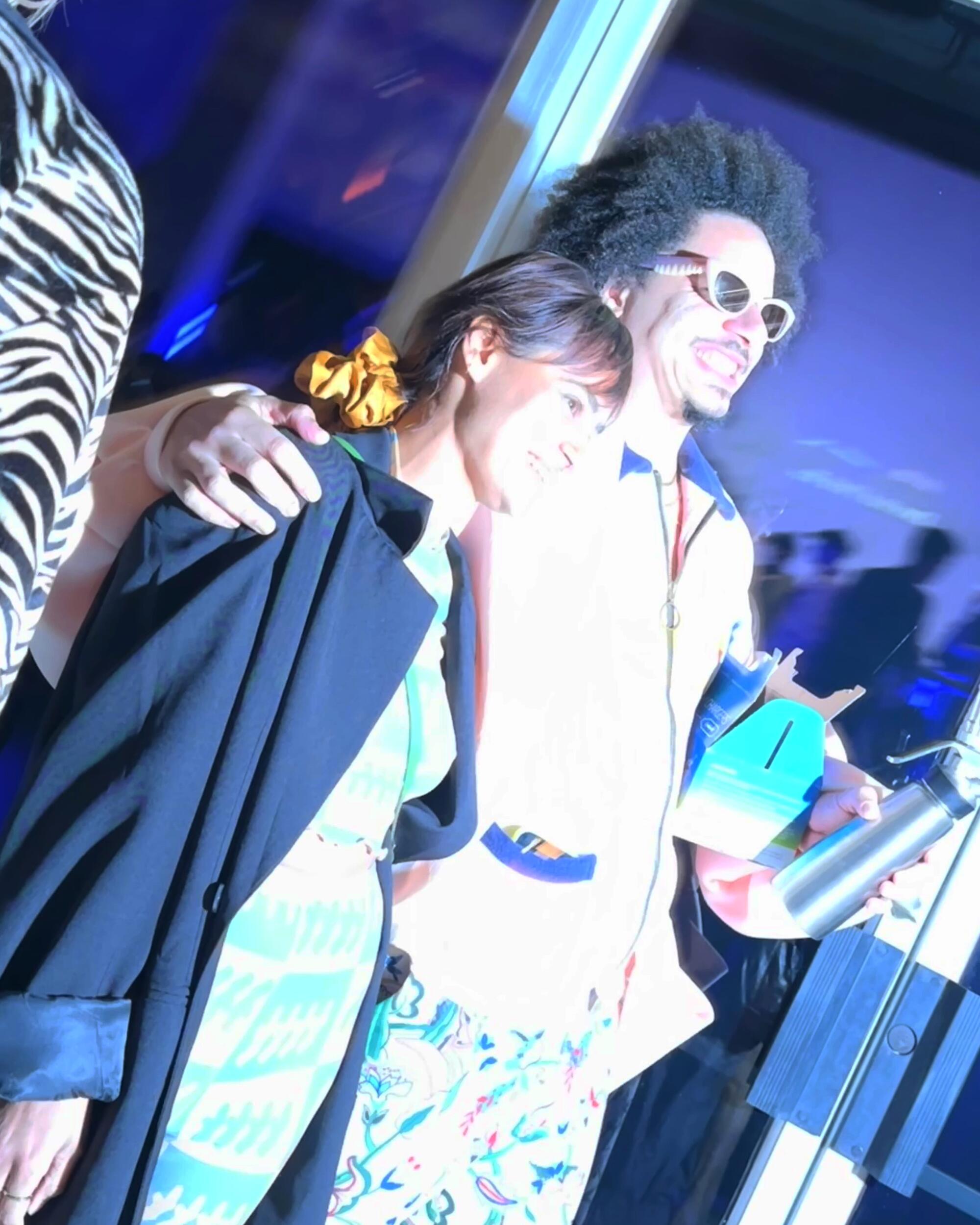
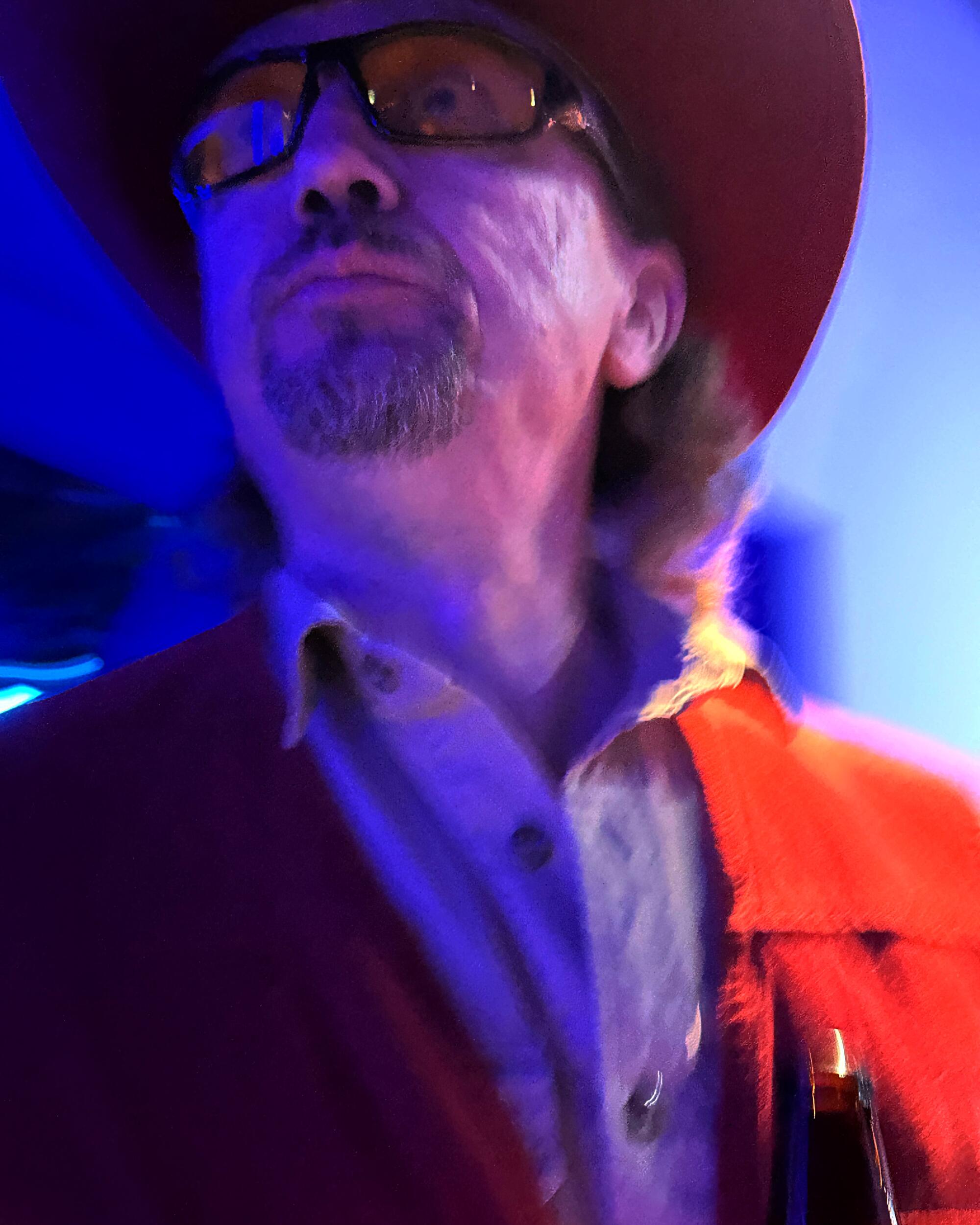
Bringing the exhibition from Dia Beacon in New York, associate curator Alex Sloane said the exhibition has a new context under the L.A. sun. The skylight windows of the warehouse space create a sundial out of the exhibition during the day. The L.A. space is more intimate, requiring some extra remixing on Craig’s part to adjust its second iteration.
Standing in the space, there was an urge to move and groove.
“When you first walk in, the space appears to be empty of objects,” MOCA Director Johanna Burton said. Over time, you’ll realize it is a “social sculpture.”
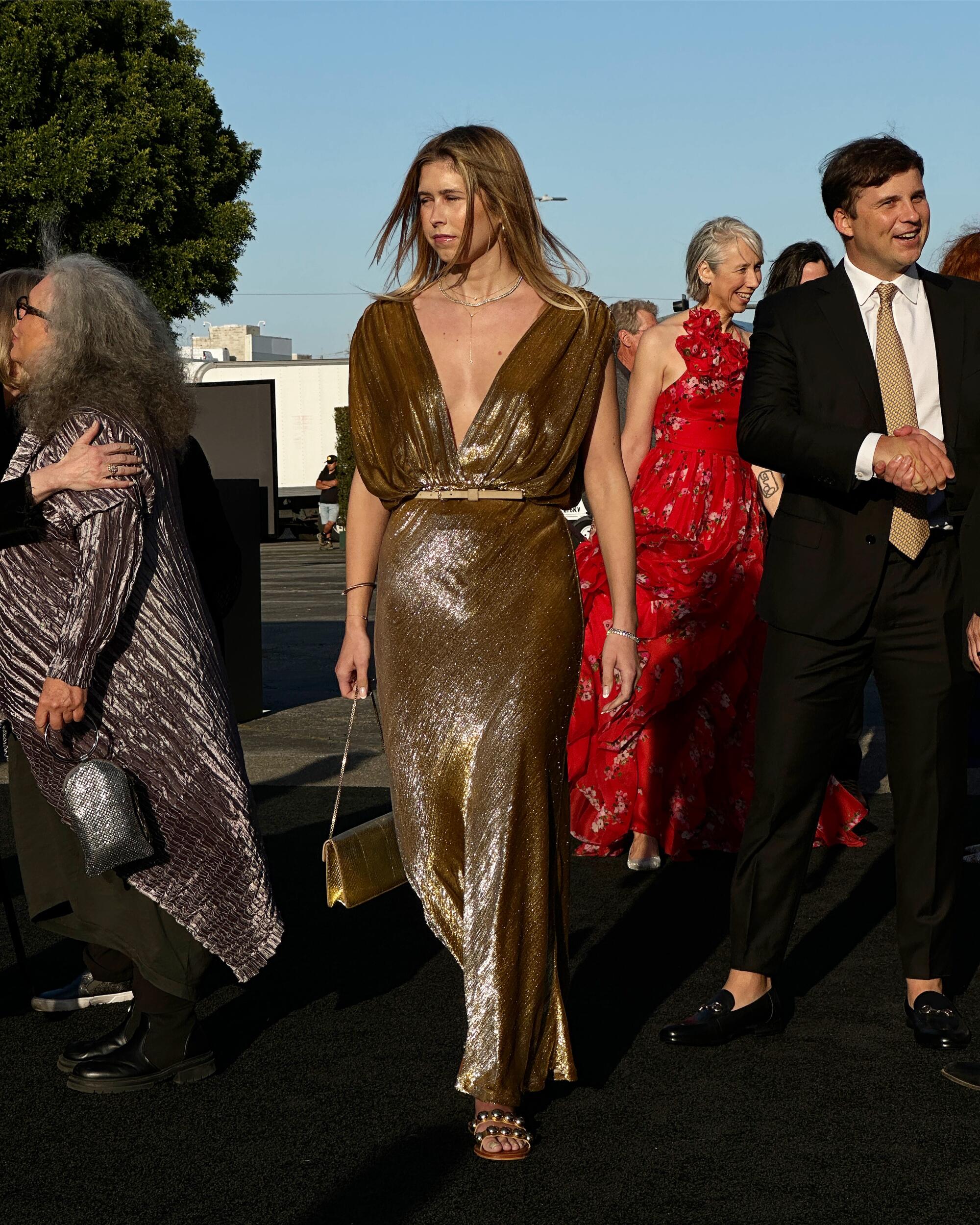
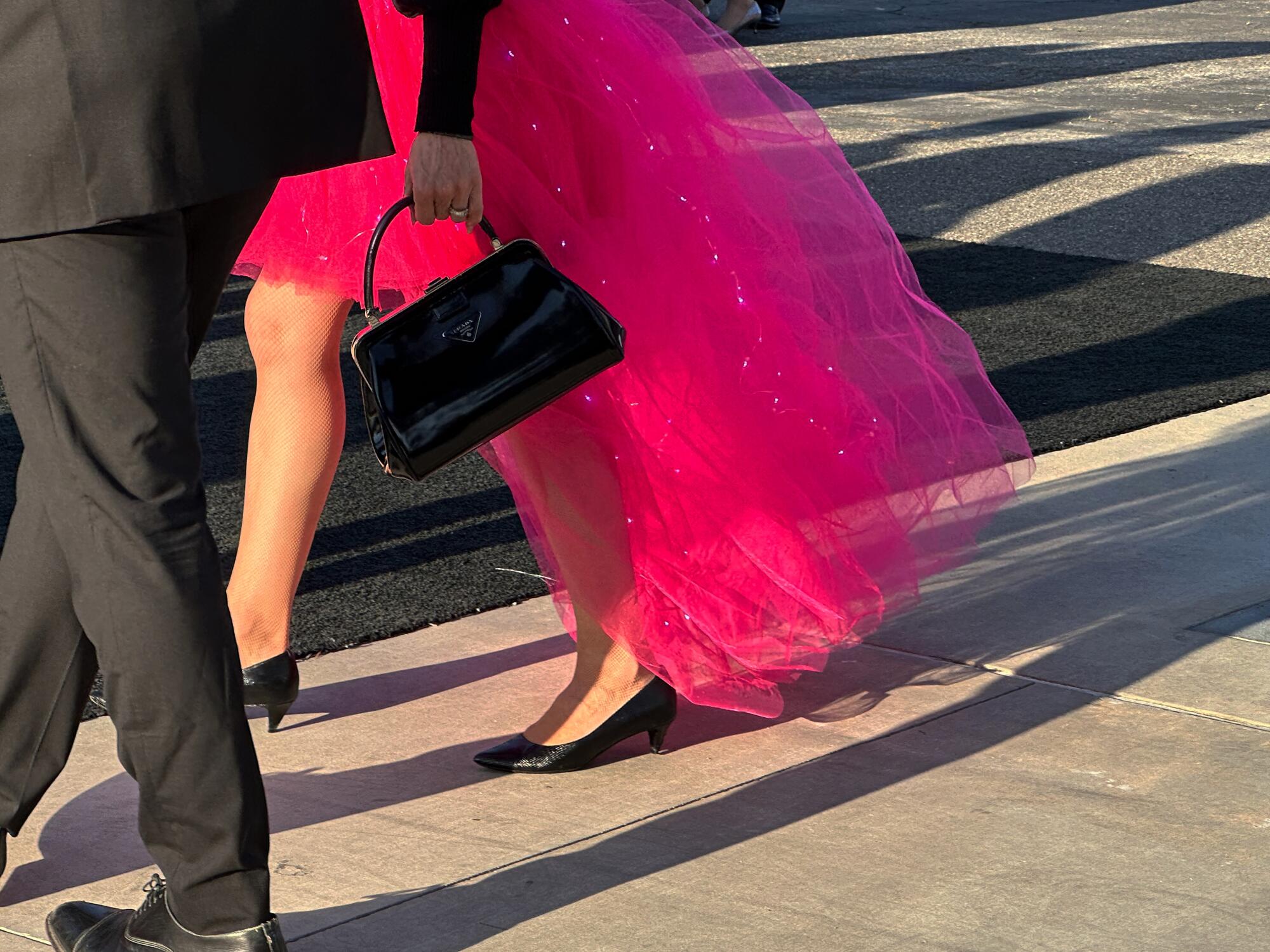
As the night moved into dinner, folks gathered in an embrace before sitting. Taylor, whose exhibition at MOCA Grand Avenue will soon be coming to a close, stood in the back before going from table to table, chuckling and reconnecting with colleagues and friends.
“He’s being Henry,” art consultant and founder of Nazhand Art and Culture Nazy Nazhand joked about his friendly and extroverted personality.
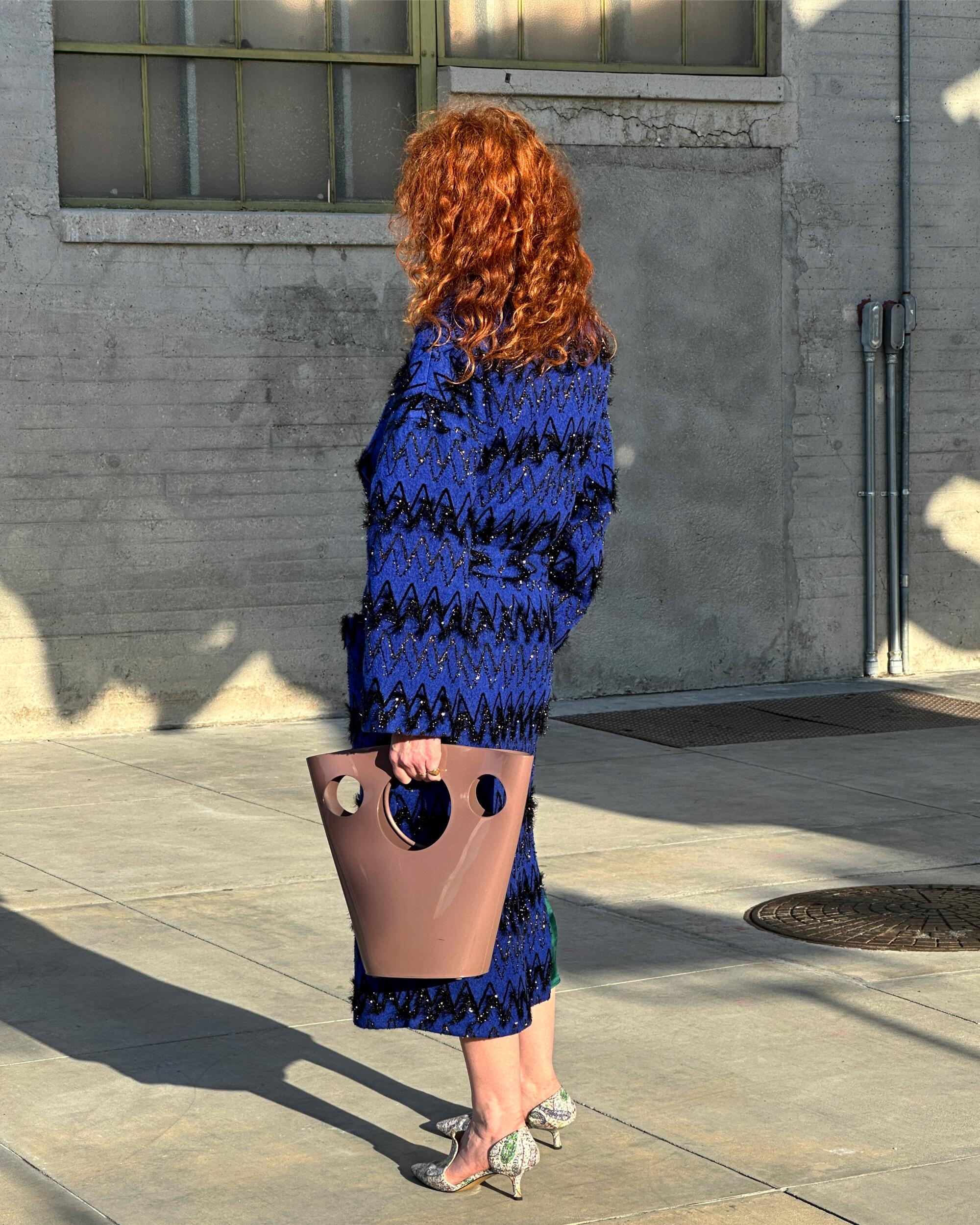
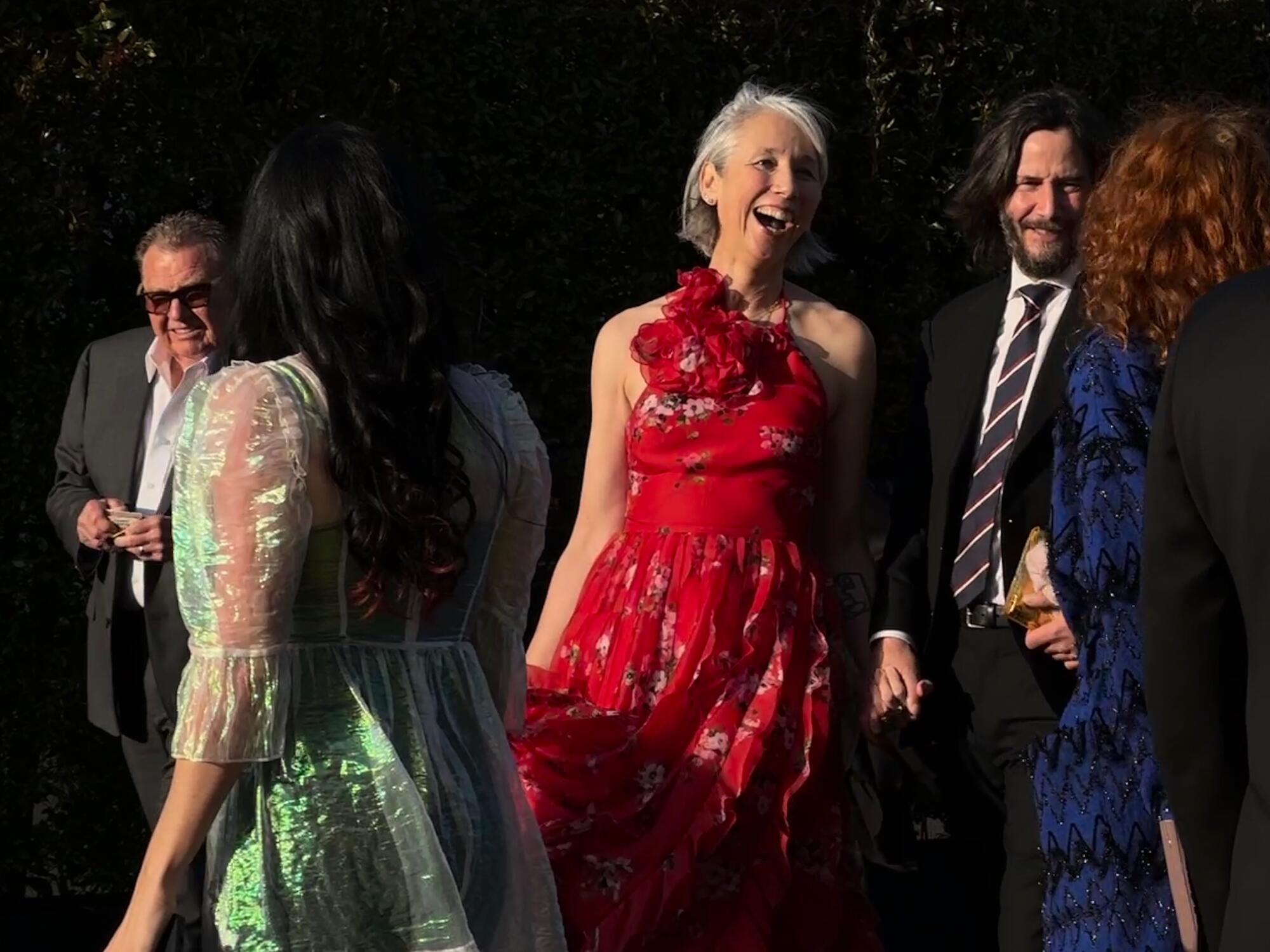
During her remarks, Burton highlighted Craig’s exhibition after digging through MOCA’s past. He stood up, basking in his own light with his arms raised up beside him. It felt as if there was a spotlight on him. The shy man during the cocktail hour was no more. He caught his light.
Burton has been the institution’s sole director, and MOCA’s first female director, since November 2021. She’s settled in and explained that moving forward, she hopes to follow the artists’ lead in shaping MOCA.
“I want to work in a place that looks the same on the inside as it looks on the outside, so we’re really working to figure out how to do that, and it’s hard,” she said. “This is a hard time in the world, but artists are the ones that move us forward and often are able both to analyze a situation and figure out ways to hope beyond it.”
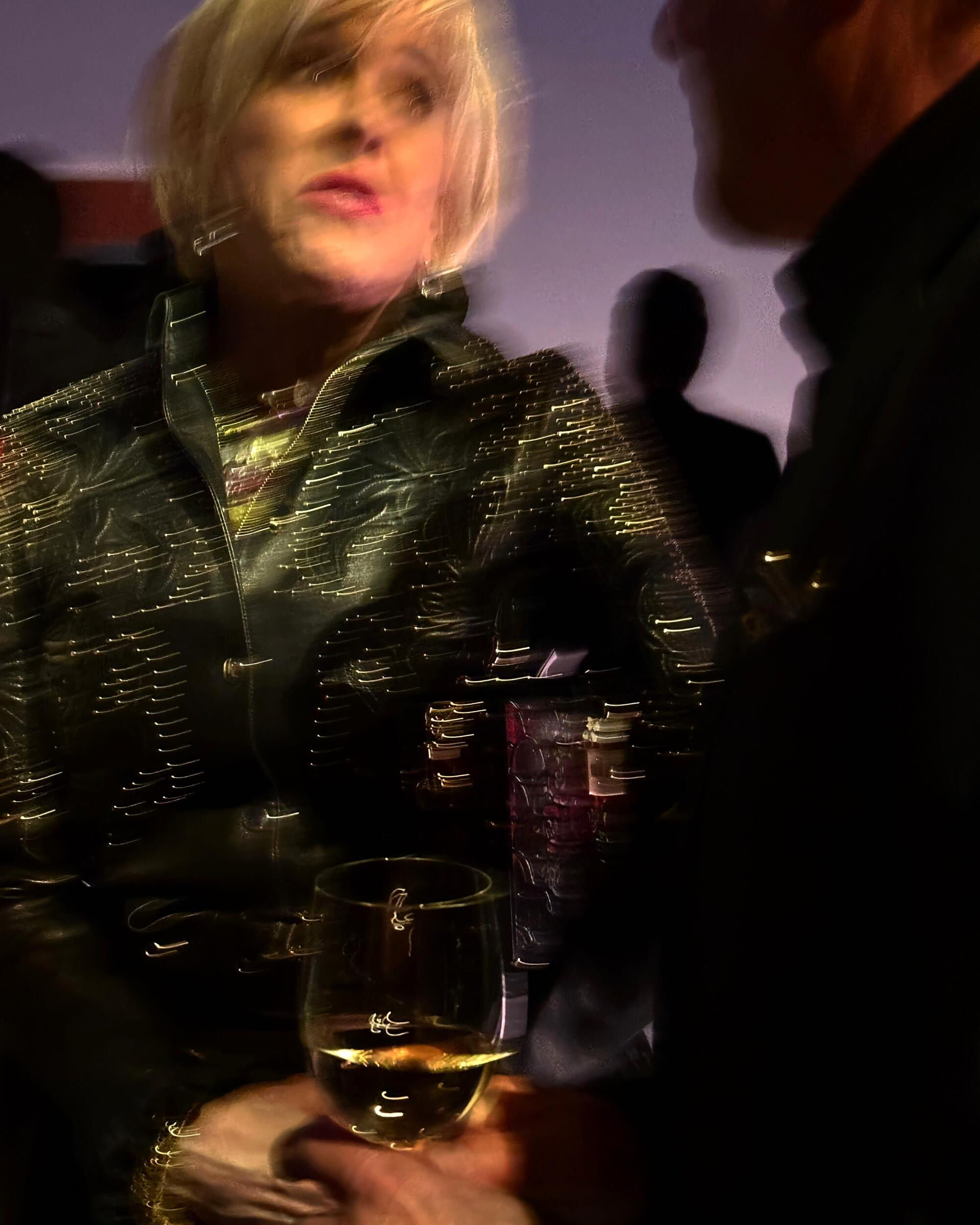
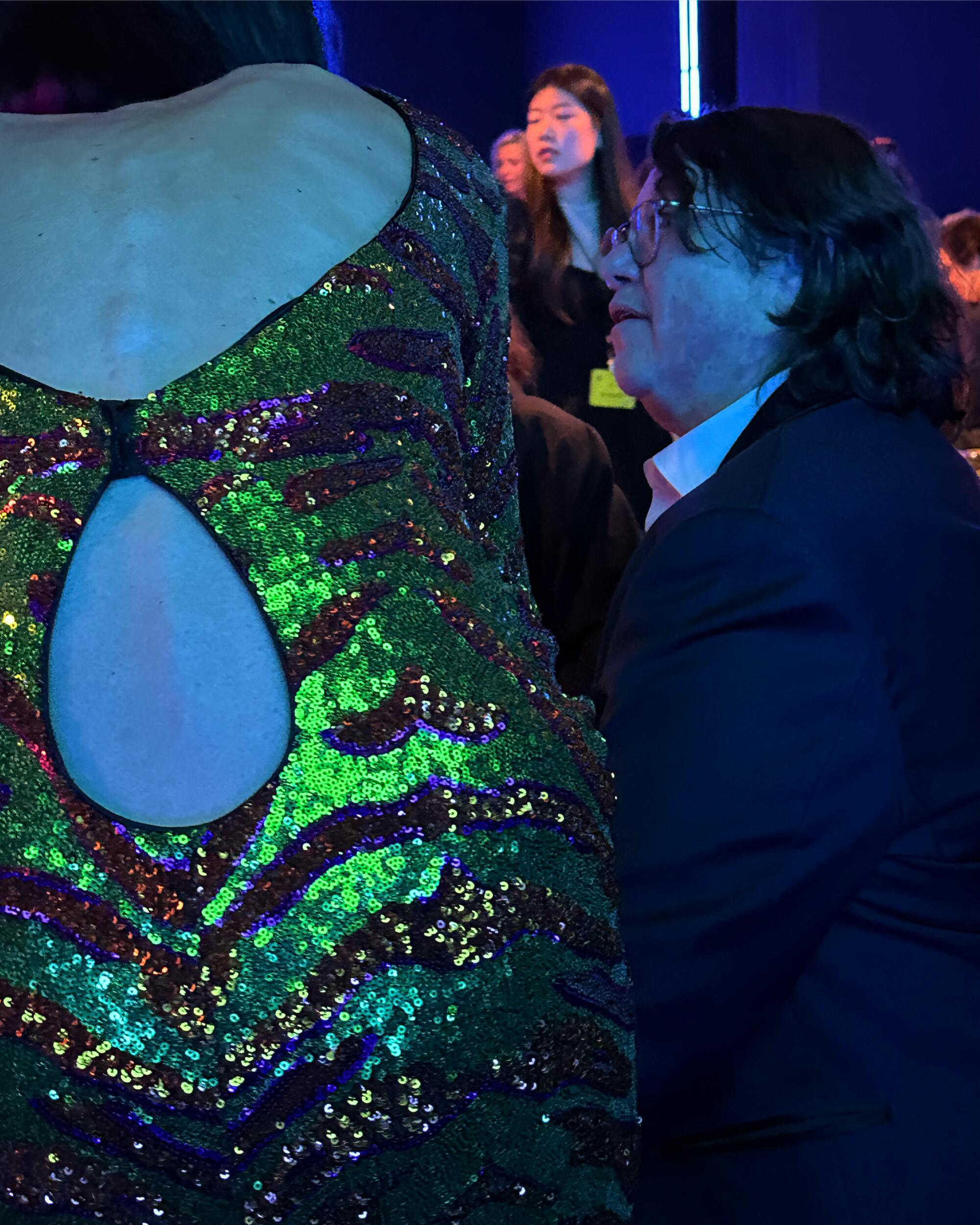
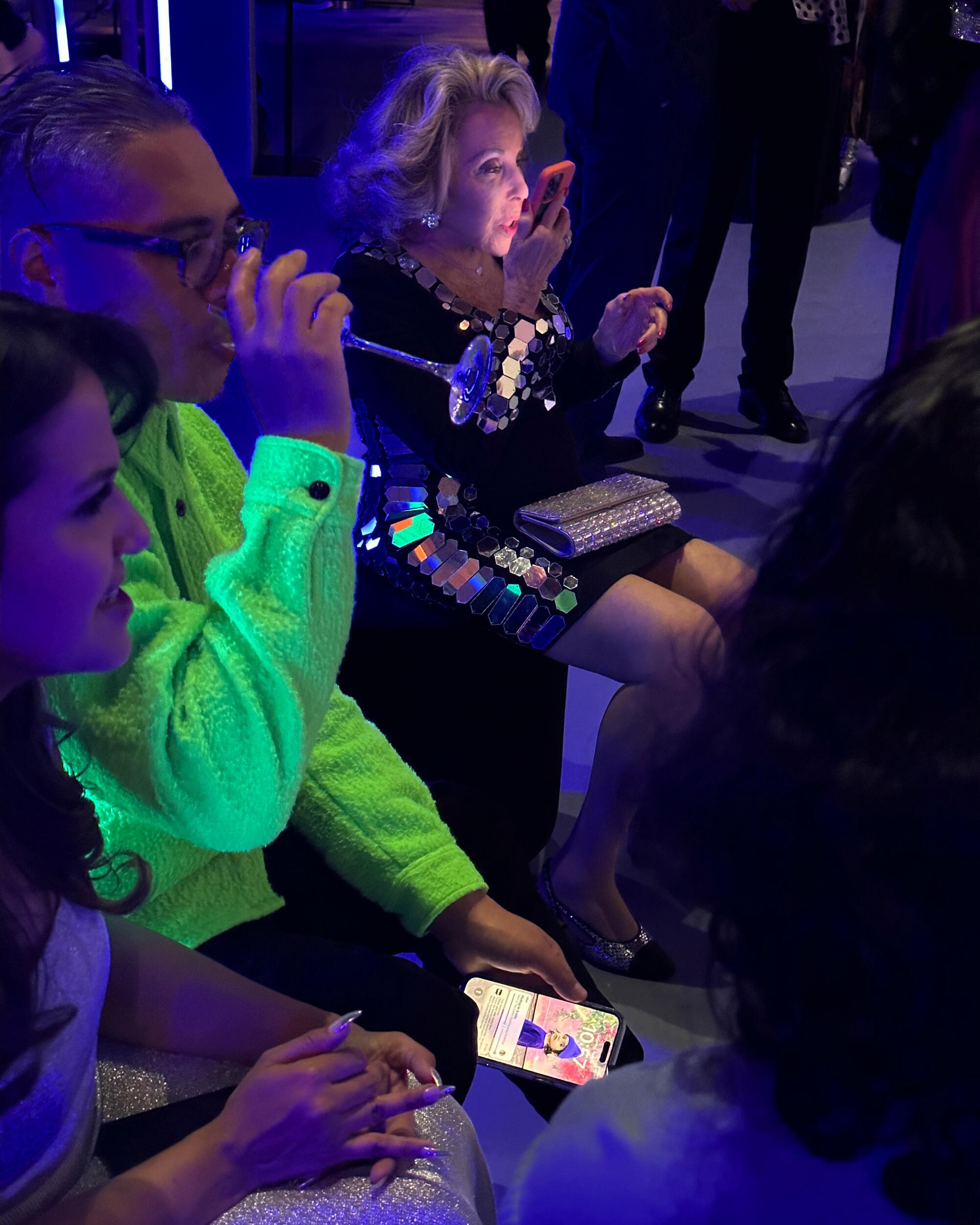
The dinner concluded with a performance by Joy. Her voice was rich in tone, and as she completed the set of songs, she landed on a jaw-dropping note. People stood in applause.
The second annual MOCA Gala Dance Party began in the next room. For this endeavor, being part of the dinner wasn’t required to join. As even more people filled the museum, the space took the shape of a club while DJ Mirko Loko joined Craig, and Moodymann performed.
Blue and white lights shined on the crowd’s outfits, allowing everyone to glimmer as they danced and strolled through the space. They irresistibly bounced and grooved to the beat, even inside the exhibition space.
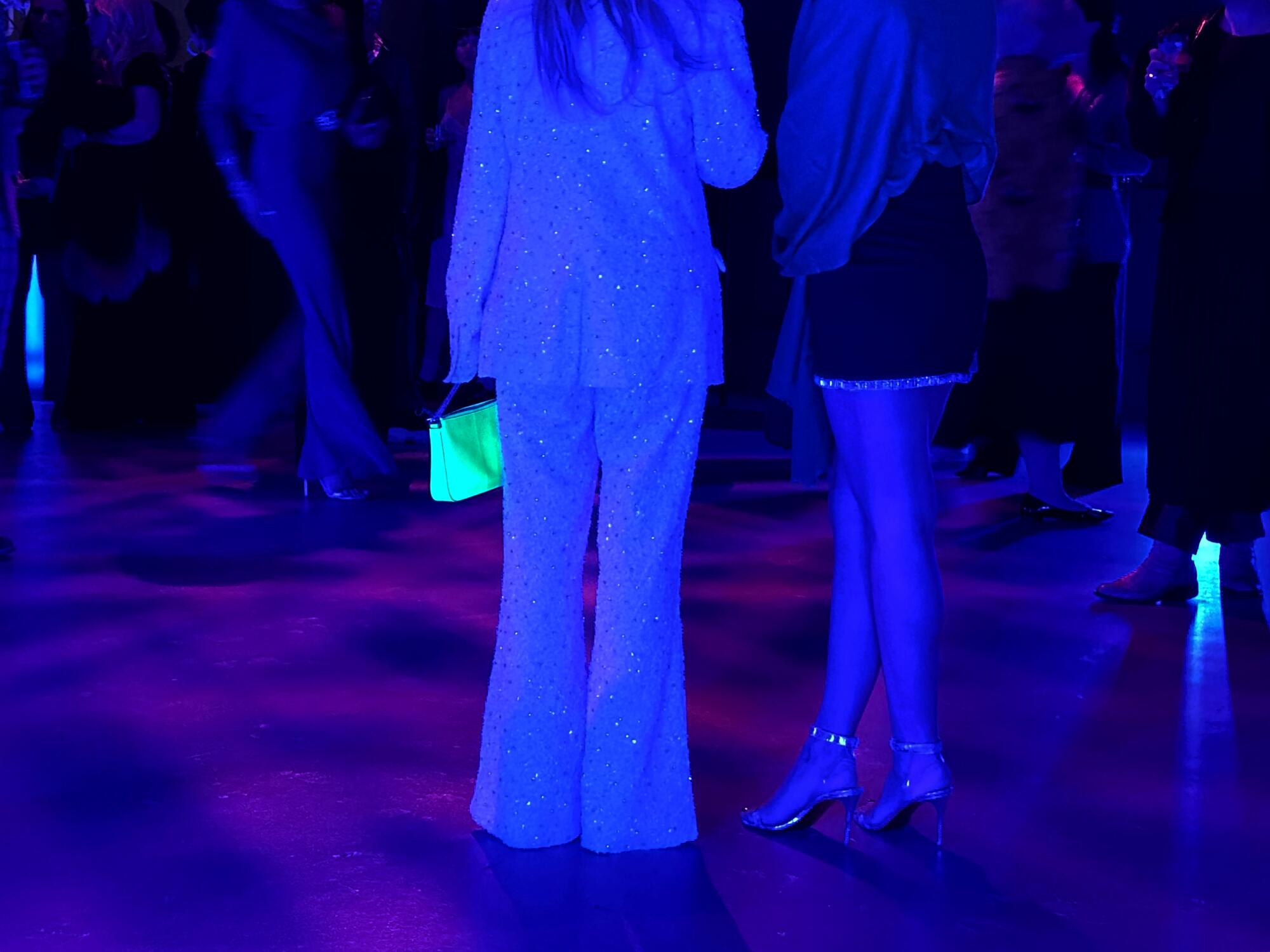
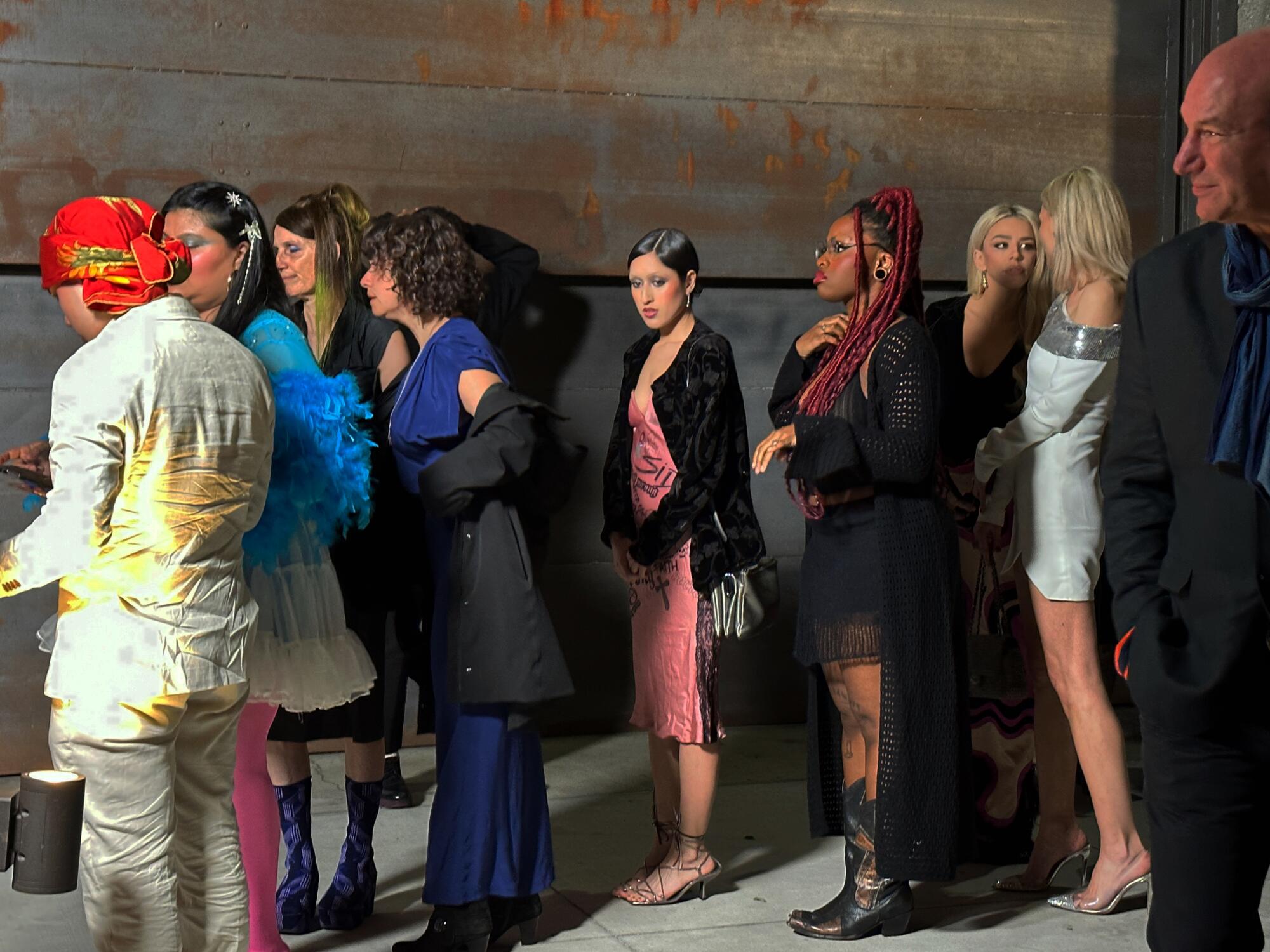
While the art museum is known for its visual arts, the night was dedicated to its intersection with music. As people danced in celebration of the exhibition, Craig considered a reflection of himself, a synergy between art, music and dance blossomed.
“I really don’t think Party/After-Party translates through documentation,” Sloane said. “You want to be there in the room. You want to feel that heat — that energy. It makes you want to move.”
Everyone moved.
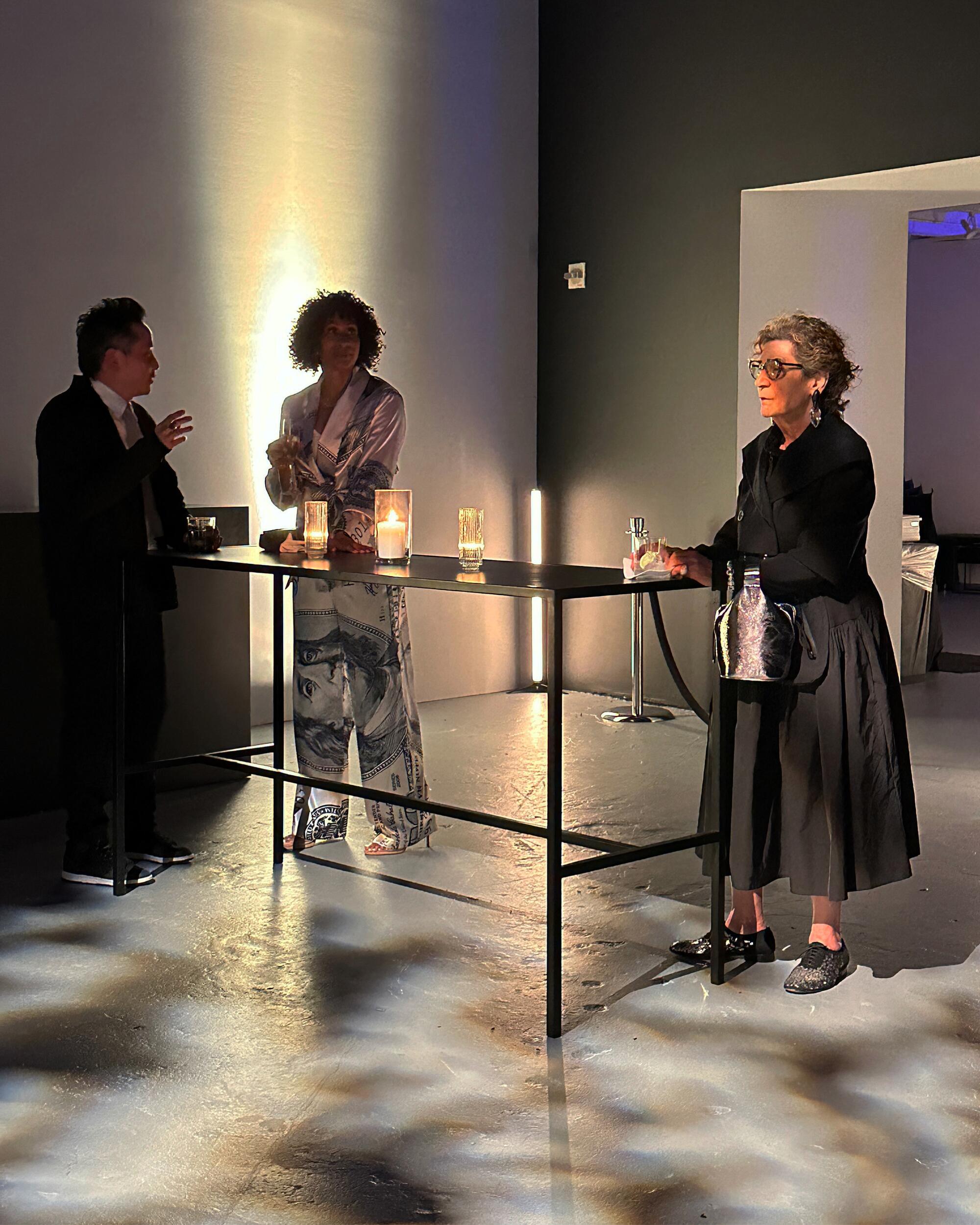
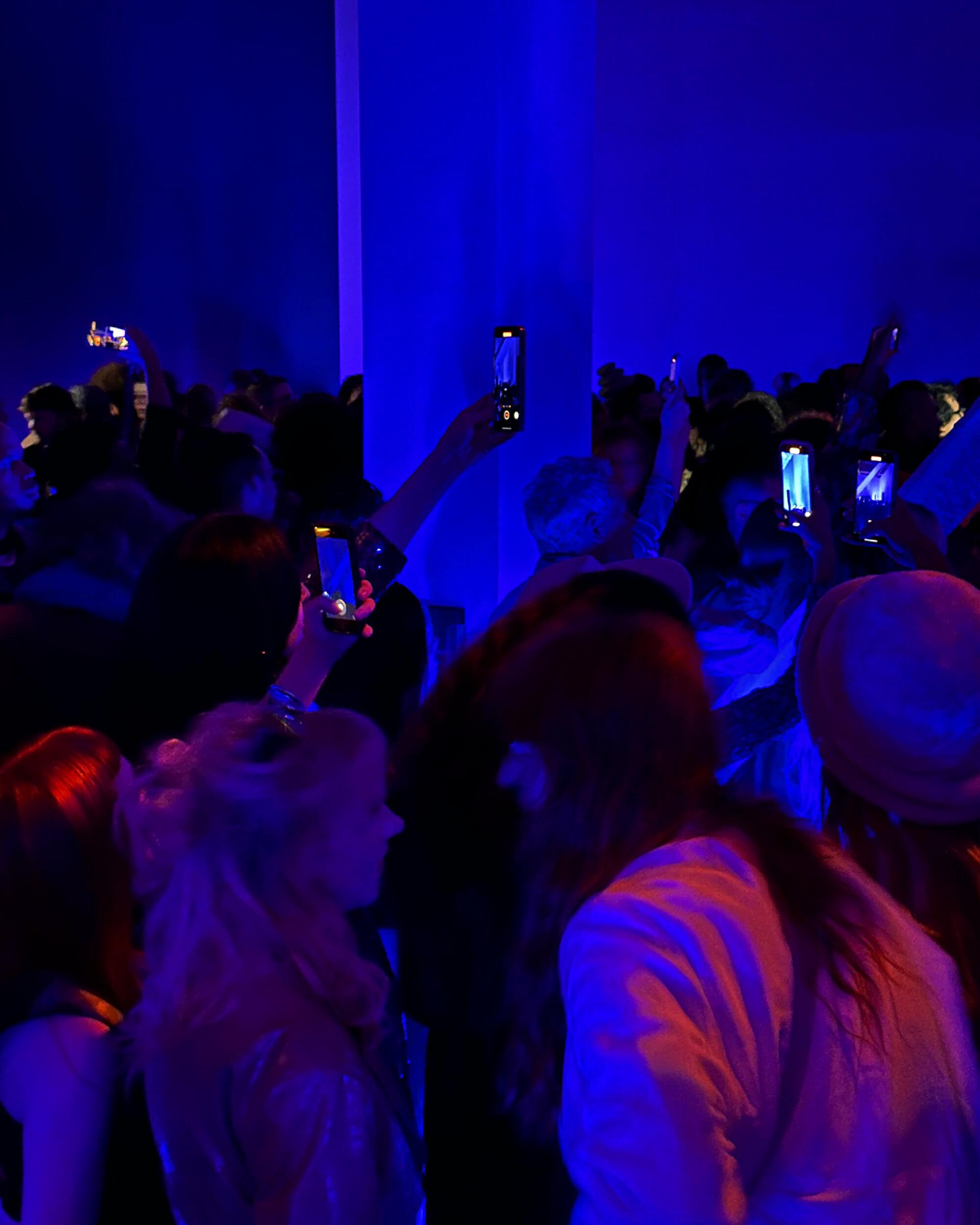
More to Read
The biggest entertainment stories
Get our big stories about Hollywood, film, television, music, arts, culture and more right in your inbox as soon as they publish.
You may occasionally receive promotional content from the Los Angeles Times.











